The ‘patty in a bun’ concept has undergone a transformation during the past 13 years and been thoroughly localised as well, becoming a bridge between those craving something ‘different’ and those wanting the familiar taste of comfort food
During any celebration at a fast food outlet or a food court, there’s one snack item that is mostly always on the list – burgers. A few decades ago, they were a vague concept that seemed as elusive as truffles or Swiss chocolates.
You were either fortunate enough to experience them while travelling abroad or had to make do with a local adaptation – the vegetable cutlet placed in a sliced bun with some onion and tomato slices plus tomato ketchup.
When the burger chains first opened up outlets in India, the response was overwhelming because let’s face it, we were making do with a photocopy that was nowhere near as tasty as the original.
Taking Indian tastes into consideration, they too made their menu more appealing to local tastes. So one could have the original and the localised version also, one after the other.
For some people, the story ended there. Each year the big chains added new combinations and patties became almost like the menu at a Punjabi restaurant with spicy chole, paneer tikka and other variants becoming a bridge between those craving something ‘different’ and those wanting the familiar taste of comfort food.’
New Vistas
However, on the sidelines, there was a parallel industry catering to a different category of foodies – the daily commuters looking for something on munch on while waiting for the bus or auto rickshaw early morning, way before the fast food joints open. Well, the local farsan shops and other vendors decided to borrow a leaf from their book and suddenly the more affordable ‘pav’ started competing with the burger bun.
The basic vada pav had existed since a very long time but it was spruced up with the application of butter, green chutney, onion slices and tomato ketchup. Punjabi samosa pav was added to the list.
These were the front runners in an early morning breakfast that unexpectedly mushroomed out of proportion.
Given the initial price range being within Rs 10, just about everything edible in a farsan shop that could be consumed by itself, without a pav, (and had been for so long) suddenly found itself being stuffed within a hastily sliced (sometimes pried open with bare fingers) pav. From potato pakoras to onion pakoras, methi pakoras and of course, mix pakoras, the list grew. Options of sweet, spicy, dry garlic chutney and fried chillies made for lethal combinations. Finely chopped onions were also available. At this stage, a niche item that was almost considered an exclusively evening snack – the dabeli – entered the fray.
So from a ‘patty in a bun’ the concept became ‘anything tasty put within a bun’ be it a semi-solid filling like the cooked vegetable within the dabeli or exotic vegetable fillings like paneer makhanwala with no-onion and garlic variants for Jains.
During the burger battles for attracting consumers, a niche item that was almost considered an exclusively evening snack – the dabeli – entered the fray.
Ironically, there was no patty as such but the soft filling packed inside a pav (twice with chutneys and other condiments as per the ritual) looked like a patty from a distance and so the concept took off.
Rapid Evolution
The slightly round shaped but softer pav with two chutneys, a soft vegetable filling with pomegranate seeds and or grated coconut, stuffed with chopped onions and spicy peanuts served at normal temperature suddenly found itself being shallow fried in butter on a tawa. The addition of cheese became the first option. Chinese versions like Manchurian and Schezwan were also explored using sauces swiped from the adjacent vendor.
Revised Rules
The next step unexpectedly was a salvo that nobody had seen coming. The winter favourite undhiyu was found being nicely placed in pavs and sold in the early morning. Apparently the dabeli’s success had been interpreted to mean that one didn’t need a patty anymore; anything in a pav was par for the course. To early morning commuters, consuming the oil oozing undhiyu in a dry pav instead of equally oily puris made a lot more sense from a practical point of view as well.
This in effect meant taking on the ‘puri bhaji’ vendors but for some reason, the loyalists remained faithful to that concept. Moreover, with undhiyu available just for a few months in a year and that too during the winter season, the threat perception was much less and posed no cause for concern to the year-round puri bhaji vendors as such.
Fast Forward
Gradually there emerged a scenario where everything had changed. The fast food chains began to open early to catch the breakfast crowd (offering egg in a bun), smartly pre-empting another niche snack that was almost considered an exclusively evening snack – omelette pav and anda pav. For some inexplicable reason, these vendors dealing in egg preparations are only visible after sunset, making the de facto ‘vampires’ of the food vendor community. However, the bun maska and bun jam sold by roadside vendors thankfully remained unaffected by all these changes and continue to be a preferred option.
The vada pav business got more organised and local brands started setting up proper outlets with facilities to sit and grab a bite or takeaways on the lines of the multinationals. They began expanding their menu and offering Indian drinks like lassi, nimbu-pani and juices as accompaniments.
As we reflect on the past, the Rs 10 format that once existed is gone forever, except for a stray random seller with the basic pav-chutney-vada format.
Today the global chains offer entry-level pricing and combo deals for two within Rs 100 while the local brands can offer you a menu with options that would cost two to three times as much, appealing to your patriotism.
The bottom line; ultimately it’s your mood and memories of the last meal savoured that decide where you end up consuming the popular ‘food in a bun’ offering.
TANGIBLE CHANGES

Ironically, the mainstay of burgers in India earlier, the tomato ketchup in which we drowned the bun and cutlet combo-became an accessory that was neglected, sometimes wasted and gradually people started keeping it aside for the next day’s lunch box. Mayonnaise and mustard sauce along with a long list of differently coloured spreads and pastes in jars and squeeze bottles.
![submenu-img]() Centre's strict warning to its employees on tardiness, suggests live location detection system for...
Centre's strict warning to its employees on tardiness, suggests live location detection system for...![submenu-img]() T20 World Cup: Pakistan survive Ireland scare, win by 3 wickets in their last league match
T20 World Cup: Pakistan survive Ireland scare, win by 3 wickets in their last league match![submenu-img]() 'Why don't you...': Rupali Ganguly slams troll who accused her of paid PR against Anupamaa actor Gaurav Khanna's wife
'Why don't you...': Rupali Ganguly slams troll who accused her of paid PR against Anupamaa actor Gaurav Khanna's wife![submenu-img]() NEET-UG 2024 exam row: Bihar Police recovers 6 post-dated cheques 'issued for question paper facilitators'
NEET-UG 2024 exam row: Bihar Police recovers 6 post-dated cheques 'issued for question paper facilitators'![submenu-img]() Renukaswamy murder case: Darshan, Pavithra Gowda's to remain in police custody till...
Renukaswamy murder case: Darshan, Pavithra Gowda's to remain in police custody till...![submenu-img]() Meet man, who once worked as stone breaker, sold tendu leaves, then cracked PSC exam to become...
Meet man, who once worked as stone breaker, sold tendu leaves, then cracked PSC exam to become...![submenu-img]() Meet IAS officer, IIT graduate who left high-paying job at Samsung, then cracked UPSC exam, got AIR..
Meet IAS officer, IIT graduate who left high-paying job at Samsung, then cracked UPSC exam, got AIR..![submenu-img]() Meet MIT graduate who secured 42nd rank in UPSC, is now suspended due to..
Meet MIT graduate who secured 42nd rank in UPSC, is now suspended due to..![submenu-img]() Railway Recruitment 2024: Sarkari Naukri alert for 1104 posts, check eligibility and selection process
Railway Recruitment 2024: Sarkari Naukri alert for 1104 posts, check eligibility and selection process![submenu-img]() NEET-UG exam row: 'Transparent process will be...,' assures Education Minister Dharmendra Pradhan to students, parents
NEET-UG exam row: 'Transparent process will be...,' assures Education Minister Dharmendra Pradhan to students, parents![submenu-img]() DNA Verified: Did Kangana Ranaut party with gangster Abu Salem? Actress reveals who's with her in viral photo
DNA Verified: Did Kangana Ranaut party with gangster Abu Salem? Actress reveals who's with her in viral photo![submenu-img]() DNA Verified: New Delhi Railway Station to be closed for 4 years? Know the truth here
DNA Verified: New Delhi Railway Station to be closed for 4 years? Know the truth here![submenu-img]() DNA Verified: Did RSS chief Mohan Bhagwat praise Congress during Lok Sabha Elections 2024? Know the truth here
DNA Verified: Did RSS chief Mohan Bhagwat praise Congress during Lok Sabha Elections 2024? Know the truth here![submenu-img]() DNA Verified: Is CAA an anti-Muslim law? Centre terms news report as 'misleading'
DNA Verified: Is CAA an anti-Muslim law? Centre terms news report as 'misleading'![submenu-img]() DNA Verified: Lok Sabha Elections 2024 to be held on April 19? Know truth behind viral message
DNA Verified: Lok Sabha Elections 2024 to be held on April 19? Know truth behind viral message![submenu-img]() From Jawan to Munjya, 5 films that showcased exceptional VFX and ruled box office recently
From Jawan to Munjya, 5 films that showcased exceptional VFX and ruled box office recently![submenu-img]() In pics: Raghubir Yadav, Chandan Roy celebrate success of Panchayat season 3 with TVF founder Arunabh Kumar, cast, crew
In pics: Raghubir Yadav, Chandan Roy celebrate success of Panchayat season 3 with TVF founder Arunabh Kumar, cast, crew![submenu-img]() How Kalki 2898 AD makers dared to dream pan-India with its unique promotional campaign for Prabhas-starrer
How Kalki 2898 AD makers dared to dream pan-India with its unique promotional campaign for Prabhas-starrer![submenu-img]() In pics: Prabhas' robotic car Bujji from Kalki 2898 AD takes over Mumbai streets, fans call it 'India's Batmobile'
In pics: Prabhas' robotic car Bujji from Kalki 2898 AD takes over Mumbai streets, fans call it 'India's Batmobile'![submenu-img]() Streaming This Week: Bade Miyan Chote Miyan, Maidaan, Gullak season 4, latest OTT releases to binge-watch
Streaming This Week: Bade Miyan Chote Miyan, Maidaan, Gullak season 4, latest OTT releases to binge-watch![submenu-img]() DNA Explainer: What is Kafala system that is prevalent in gulf countries? Why is it considered extremely brutal?
DNA Explainer: What is Kafala system that is prevalent in gulf countries? Why is it considered extremely brutal? ![submenu-img]() Lok Sabha Elections 2024: What are exit polls? When and how are they conducted?
Lok Sabha Elections 2024: What are exit polls? When and how are they conducted?![submenu-img]() DNA Explainer: Why was Iranian president Ebrahim Raisi seen as possible successor to Ayatollah Khamenei?
DNA Explainer: Why was Iranian president Ebrahim Raisi seen as possible successor to Ayatollah Khamenei?![submenu-img]() DNA Explainer: Why did deceased Iranian President Ebrahim Raisi wear black turban?
DNA Explainer: Why did deceased Iranian President Ebrahim Raisi wear black turban?![submenu-img]() Iran President Ebrahim Raisi's death: Will it impact gold, oil prices and stock markets?
Iran President Ebrahim Raisi's death: Will it impact gold, oil prices and stock markets?![submenu-img]() 'Why don't you...': Rupali Ganguly slams troll who accused her of paid PR against Anupamaa actor Gaurav Khanna's wife
'Why don't you...': Rupali Ganguly slams troll who accused her of paid PR against Anupamaa actor Gaurav Khanna's wife![submenu-img]() Renukaswamy murder case: Darshan, Pavithra Gowda's to remain in police custody till...
Renukaswamy murder case: Darshan, Pavithra Gowda's to remain in police custody till...![submenu-img]() Ahead of Sonakshi Sinha-Zaheer Iqbal's wedding, his sister welcomes actress in family, shares their photo with heart
Ahead of Sonakshi Sinha-Zaheer Iqbal's wedding, his sister welcomes actress in family, shares their photo with heart![submenu-img]() 'I don't take any bull****': Anurag Kashyap reacts to surge of entourage cost; blames producers, actors' agencies for...
'I don't take any bull****': Anurag Kashyap reacts to surge of entourage cost; blames producers, actors' agencies for...![submenu-img]() Watch: Aamir Khan breaks down, sings Babul Ki Duwayein Leti Ja in unseen video from Ira Khan-Nupur Shikhare's wedding
Watch: Aamir Khan breaks down, sings Babul Ki Duwayein Leti Ja in unseen video from Ira Khan-Nupur Shikhare's wedding![submenu-img]() Tiny but mighty: Buffalo calf fearlessly charges elephant to defend mom, viral video
Tiny but mighty: Buffalo calf fearlessly charges elephant to defend mom, viral video![submenu-img]() Viral video: Lavish celebration goes wrong as firecrackers injure baby and mother
Viral video: Lavish celebration goes wrong as firecrackers injure baby and mother![submenu-img]() Video of girl walking with tiger wearing hot dress goes viral, watch
Video of girl walking with tiger wearing hot dress goes viral, watch![submenu-img]() Meet Saurabh Netravalkar's wife, Devi Snigdha Muppala: An accomplished high achiever in her own right
Meet Saurabh Netravalkar's wife, Devi Snigdha Muppala: An accomplished high achiever in her own right![submenu-img]() Stolen Titian Renaissance painting found at London bus stop, set to sell for up to..
Stolen Titian Renaissance painting found at London bus stop, set to sell for up to..













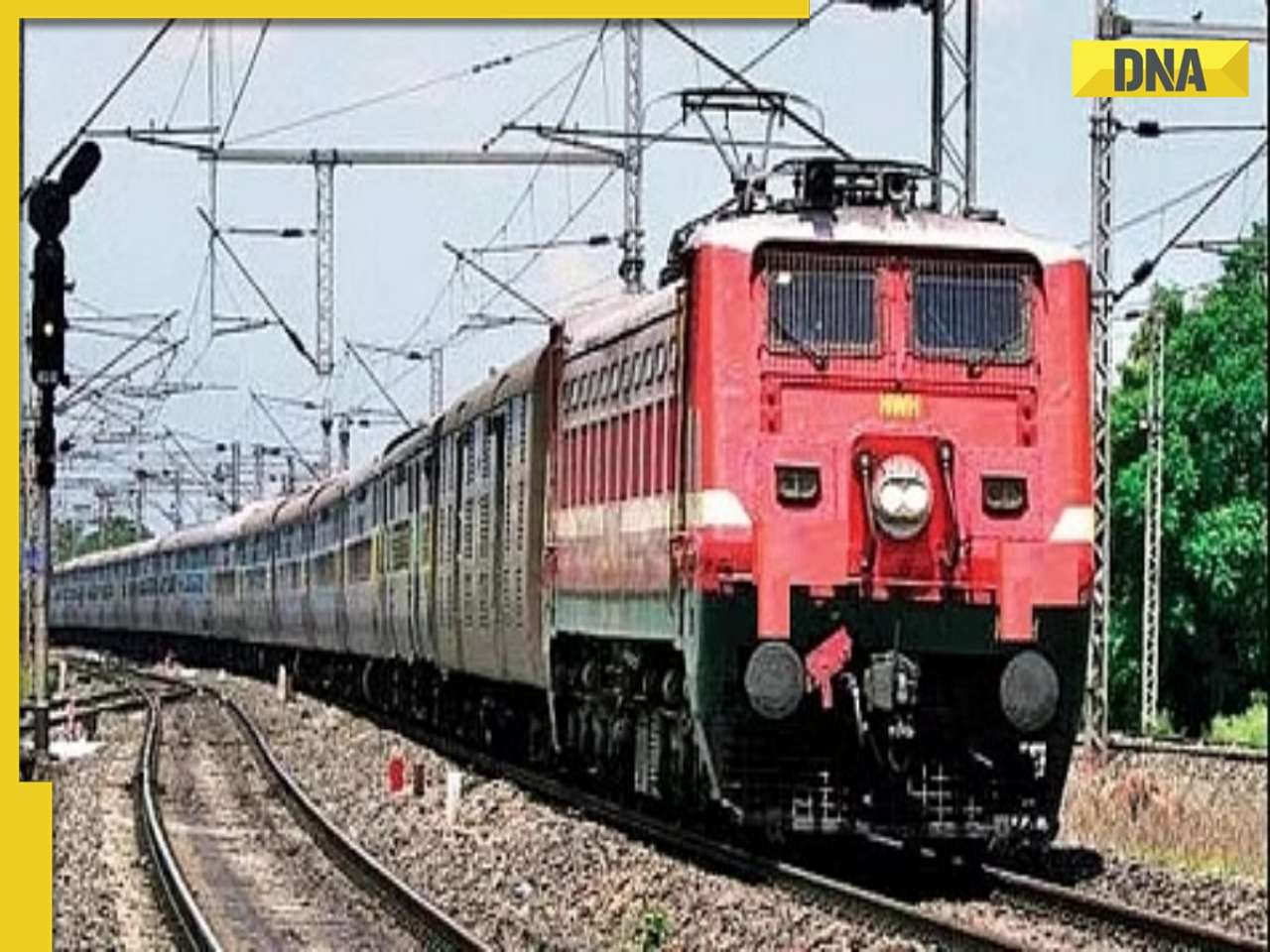












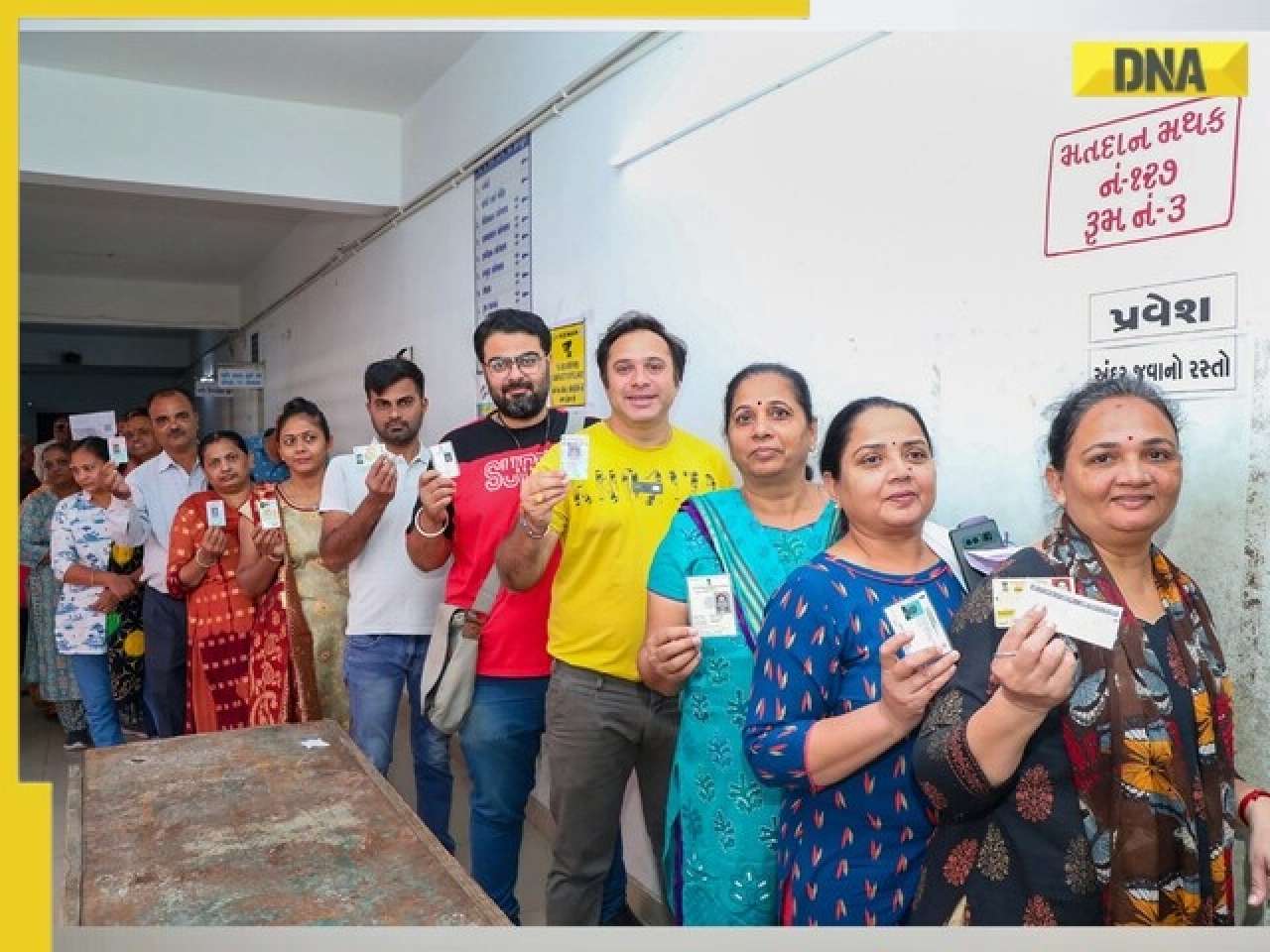












)

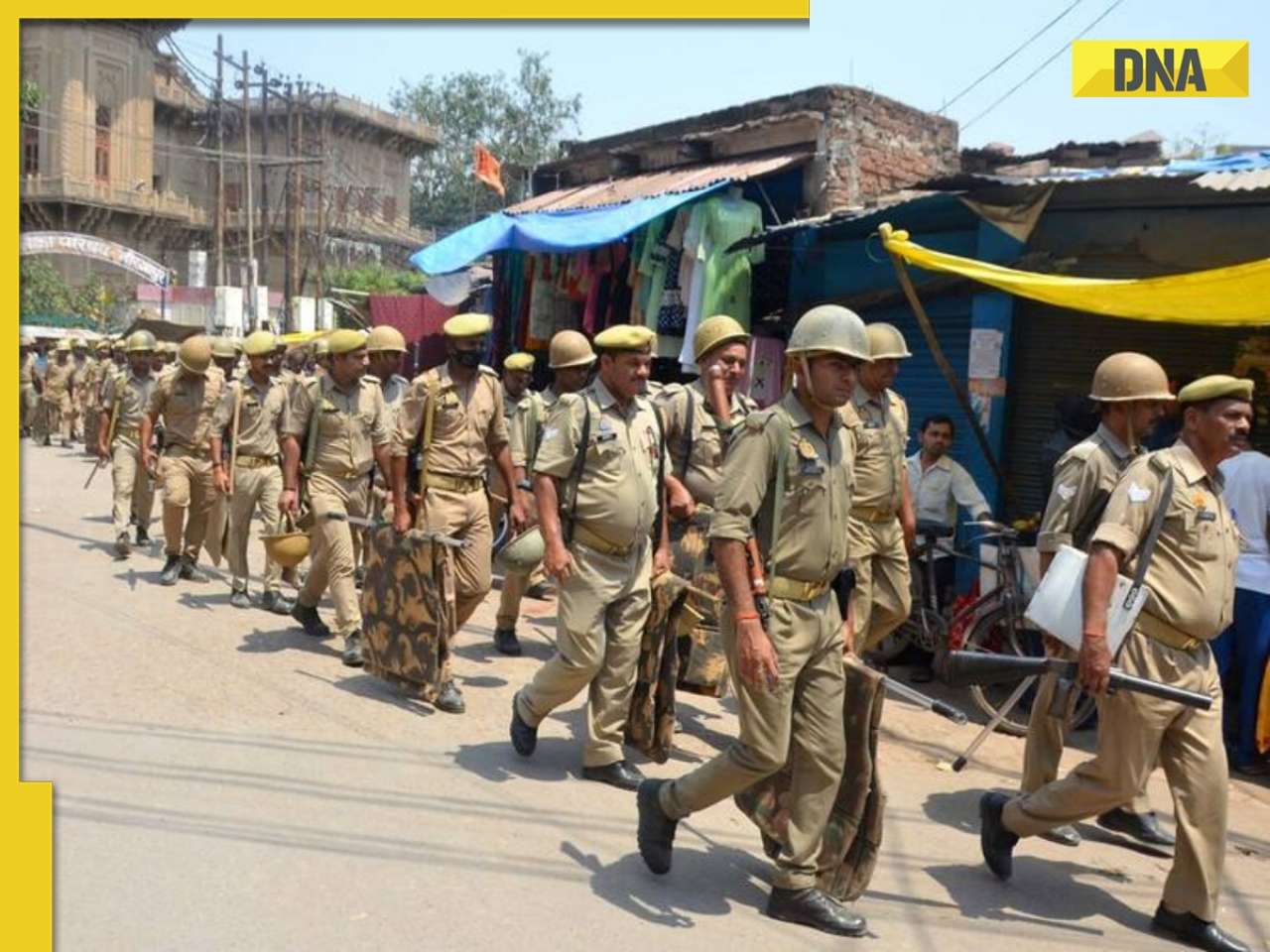

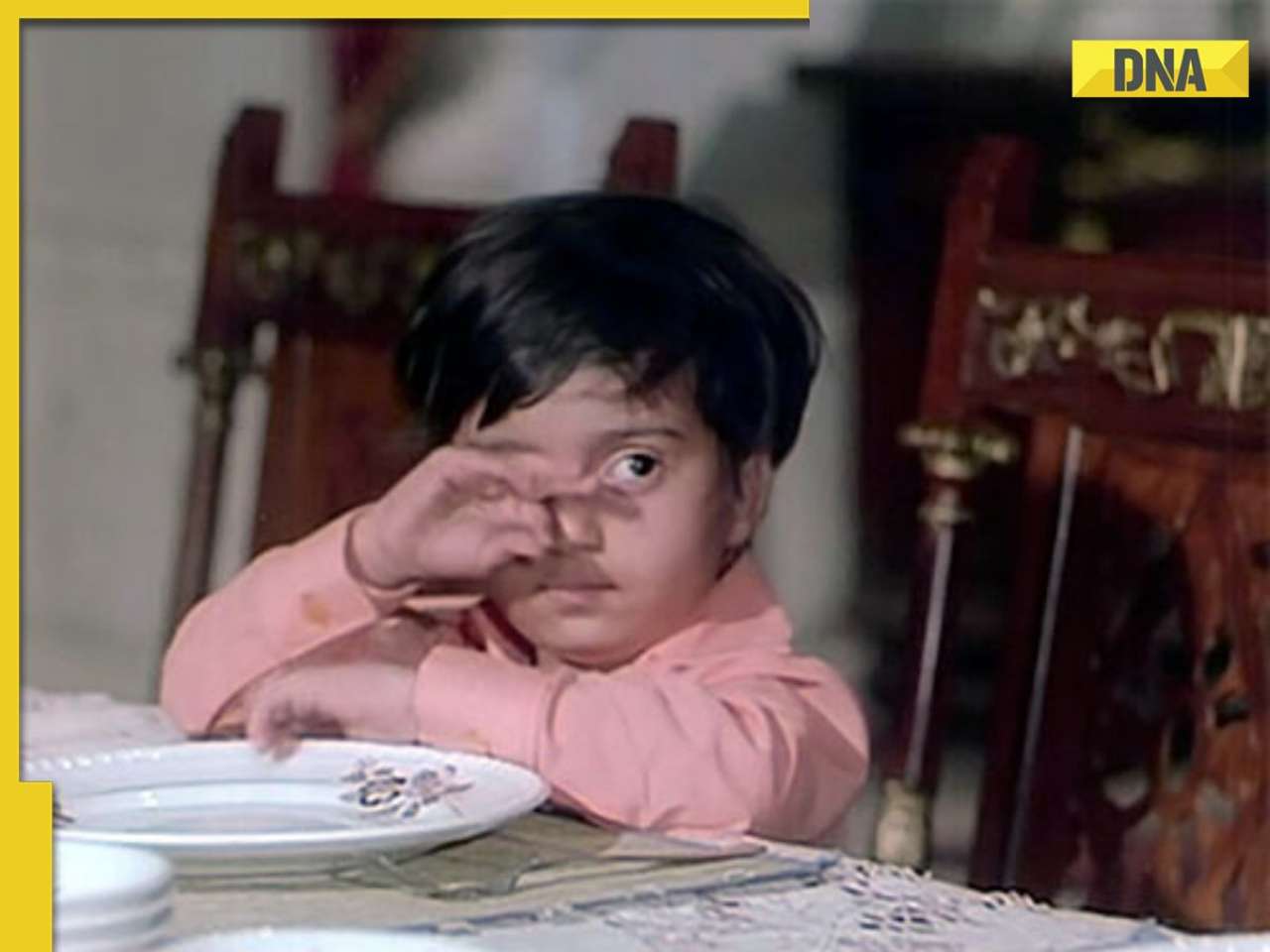

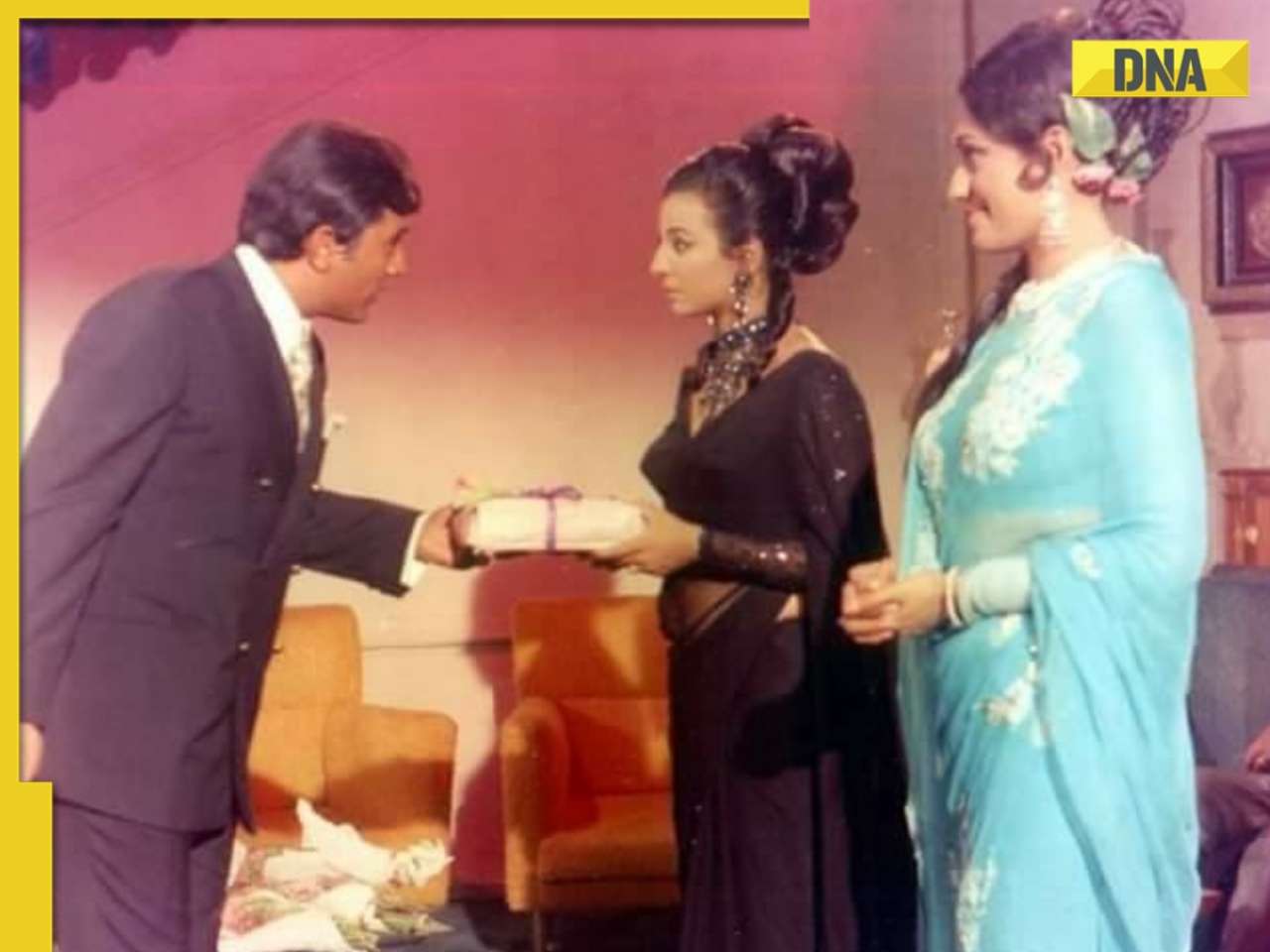




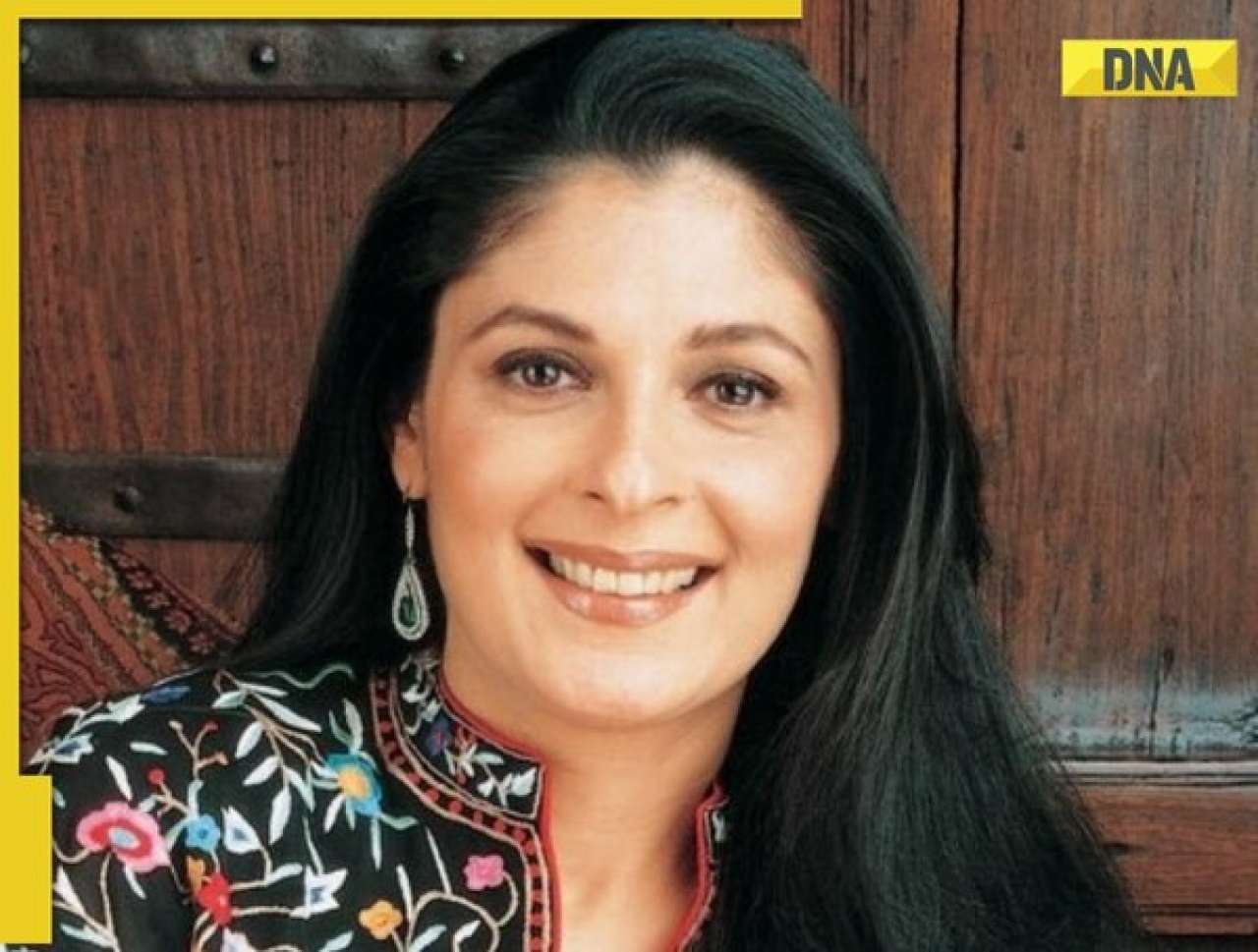


)




)
)
)
)
)
)